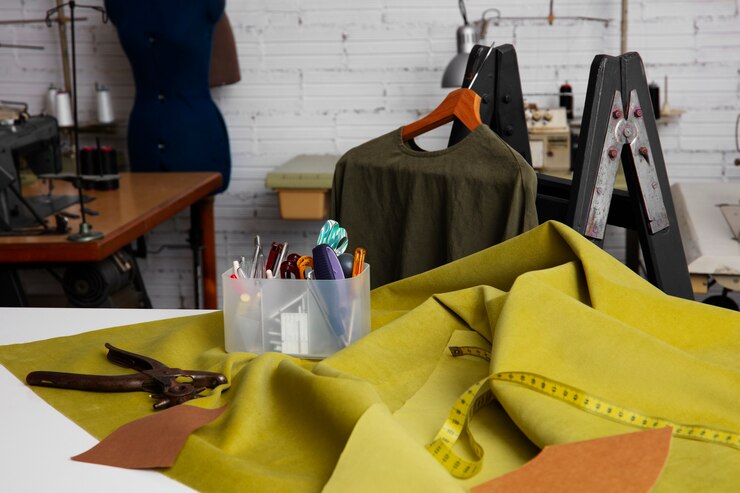The Ultimate Fashion Design Glossary
Speak Style Like a Pro From Sketchpad to Sidewalk
Fashion isn’t just about what we wear; it’s a creative world full of specific terms, styles, and processes that can feel overwhelming, especially if you’re just getting started. Whether you’re a fashion student, designer, stylist, or just someone with a passion for clothes, this glossary breaks down the must-know words of the fashion world in easy, down-to-earth language.
Let’s dive into the language of fashion—no runway experience is required!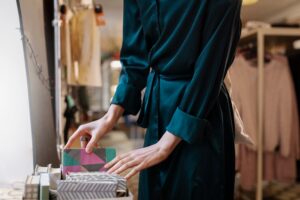
Core Fashion Design Terms
Silhouette
Think of a silhouette as the shape your clothing creates on your body. It’s the overall outline—like a sleek bodycon dress (tight silhouette) or a full A-line skirt (flared silhouette).
Pattern
Not the kind you see on fabrics (like polka dots), but the paper or digital template that serves as a blueprint for cutting and sewing a garment.
Drape
This refers to how the fabric falls or flows. A silk scarf drapes softly, while denim holds a stiffer shape. Designers use draping to visualize how a piece will move and sit on the body.

Muslin
A basic cotton fabric is often used to create a rough draft of a garment. It’s cheaper than fashion fabric and helps designers test fit and design before cutting into the real material.
Line Sheet
A behind-the-scenes document that shows buyers everything in a fashion collection—item names, prices, sizes, and colors—all in one place. It’s like a cheat sheet for retailers.
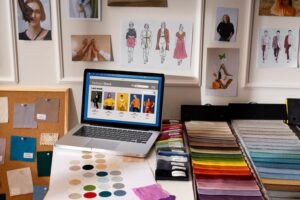
Types of Fashion
Haute Couture
French for “high sewing,” haute couture represents custom, hand-made fashion at the highest level. Made by elite houses like Chanel or Dior, each piece is crafted for a specific client and takes hundreds of hours to complete.
Ready-to-Wear (RTW)
Also known as prêt-à-porter, these clothes are mass-produced in standard sizes and sold in stores. They’re stylish and well-made but more practical than couture.
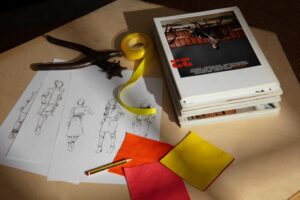
Fast Fashion
Clothing that moves quickly from design to store shelves. It’s affordable and trend-driven but often criticized for its environmental and ethical impacts.
Slow Fashion
The opposite of fast fashion. It focuses on sustainable, ethical production and quality pieces that last for years rather than seasons.

Fabric & Material Terms
Twill
A type of fabric weave where the threads cross in a diagonal pattern. It’s durable and often used in jeans and coats.
Selvage (or Selvedge)
The clean, finished edge on both sides of the woven fabric. High-end denim lovers often look for this detail.
Notions
A catch-all term for the small tools and items used in sewing: buttons, zippers, threads, snaps—anything that helps bring a garment together.
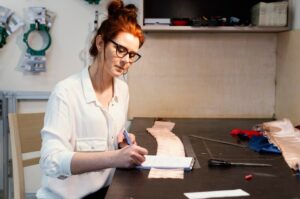
Production & Manufacturing Terms
Tech Pack
Short for “technical package.” It’s a detailed file that designers send to manufacturers. It includes every measurement, fabric choice, color, stitch type, and even buttons—basically, everything needed to make the item.
Cut and Sew
This describes the process of taking raw fabric, cutting it into patterns, and sewing it into clothing. The term is also used to describe brands that produce their unique garments instead of using blanks.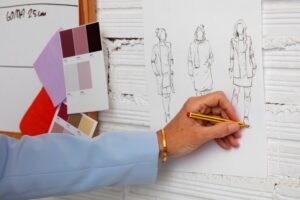
MOQ (Minimum Order Quantity)
The smallest number of units a factory will produce. A lower MOQ is great for small brands or startups trying to keep costs down.
Style & Trend Terms
Capsule Wardrobe
A small, curated collection of versatile clothing that can be mixed and matched. The idea is to own fewer, better pieces that suit your lifestyle.
Streetwear
A style born from skate, hip-hop, and youth culture. Think hoodies, sneakers, bold graphics, and brands like Supreme and Off-White.

Athleisure
Where fitness meets fashion. Athleisure includes clothes that are workout-friendly but stylish enough for everyday life, like leggings, joggers, or performance jackets.
Fashion Roles & Job Titles
Creative Director
The visionary behind a fashion house or brand. They oversee the look, feel, and message of the brand, from collections to campaigns.
Stylist
A pro who puts together outfits for photoshoots, celebrities, or even personal clients. They know how to mix colors, shapes, and textures to make a visual statement.
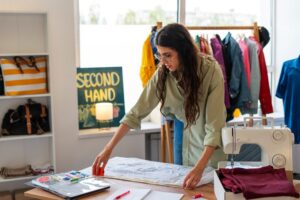
Buyer
The person is responsible for choosing what items a store sells. Buyers track trends, attend fashion shows, and decide what will land on the racks.
Cultural & Historical Terms
Boho (Bohemian)
A relaxed, artistic style inspired by free-spirited living. Think flowy skirts, embroidered tunics, natural fabrics, and lots of layers.
Avant-Garde
Fashion is more art than clothing. These pieces often challenge norms with unusual materials, shapes, or concepts. It’s bold, expressive, and not necessarily wearable day-to-day.
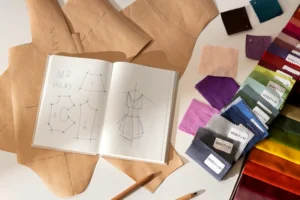
Retro vs. Vintage
- Retro items are new pieces that imitate styles from the past.
- “Vintage” refers to actual clothing from past decades—usually 20+ years old.
Common Fashion Abbreviations
OOTD
Outfit of the Day—a popular social media tag for showcasing daily looks.
RTW
Ready-to-wear, as explained above.
LBD
Little Black Dress—the timeless, go-anywhere outfit made famous by Coco Chanel and Audrey Hepburn.
Size & Fit Vocabulary
Grading
The method used to scale a garment’s pattern up or down into different sizes while maintaining its proportions.
Fit Model
A real person (not a mannequin) is used to test how a garment fits, moves, and looks before it goes into production.
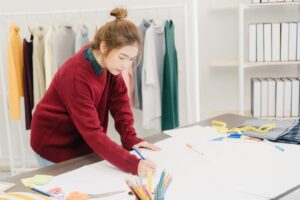
Size Charting
A chart showing measurements for each size. It helps customers choose the right fit based on their bust, waist, hips, etc.
Fashion Business Terms
Private Label
When a brand sells products manufactured by someone else under its name. Think department store house brands.
Licensing
A deal that allows another company to produce items under a brand’s name. For example, a perfume made under license from a major fashion house.
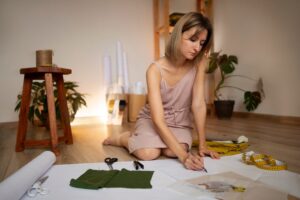
Merchandising
The strategy of presenting and promoting clothing, including layout, displays, pricing, and storytelling, is to attract shoppers and boost sales.
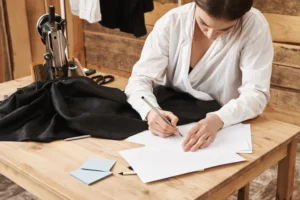
FAQs
- What’s the difference between a fashion designer and a stylist?
Designers create the clothes. Stylists pull together full looks—often mixing brands, accessories, and personal flair.
- Is vintage the same as second-hand?
All vintage items are second-hand, but not all second-hand items are vintage. Vintage typically refers to items over 20 years old, often with unique or collectible value.
- Can fast fashion be ethical?
It’s tricky. Fast fashion prioritizes speed and cost, which often comes at an environmental or human cost. However, some brands are taking steps toward more ethical practices.
- Do I need to know how to sew to be in fashion?
Not necessarily! It helps, but many roles—like styling, buying, or marketing—don’t require sewing skills. Knowing the basics, though, can give you a big edge.
- How do I start building a capsule wardrobe?
Start with neutral basics that fit well: jeans, a blazer, a white tee, and versatile shoes. Build around these with a few standout pieces you love.
Wrapping It Up
Fashion is more than trends—it’s storytelling through style. And like any language, fashion has its vocabulary. This glossary gives you the confidence to talk, design, shop, or work in fashion with more clarity and creativity.
Whether you’re dreaming of your first collection or just dressing with intention, these terms help you understand the world of fashion from the inside out.
